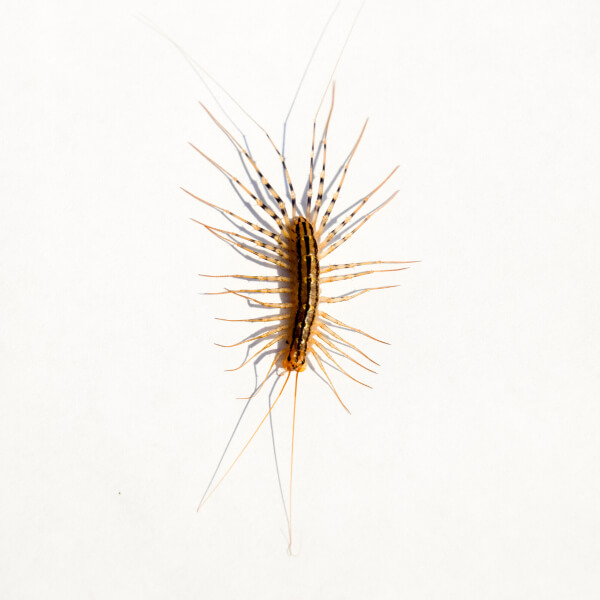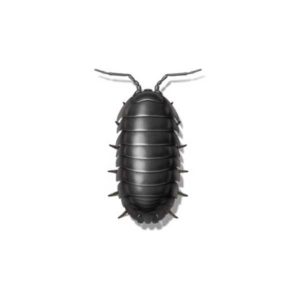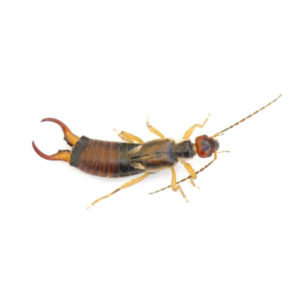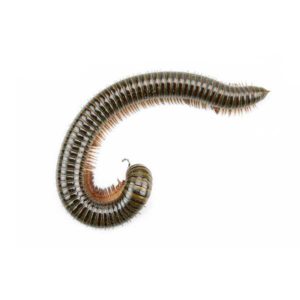House Centipedes in Atlanta, GA
Widespread across the United States, house centipedes boast an impressive array of legs, precisely fifteen pairs of elongated and slender limbs. Despite their intimidating appearance, these invertebrates serve a beneficial purpose by aiding homeowners in pest control, particularly against common nuisances like cockroaches and spiders. While house centipedes can be found both indoors and outdoors, stumbling upon one unexpectedly can evoke a sense of fear. Outdoors, these centipedes are generally regarded as non-harmful, but their presence inside make them a frightening pest.
House Centipede Habitat
Thriving in damp environments, house centipedes are commonly discovered outdoors beneath stones, boards, or sticks, as well as beneath damp leaf litter and other organic debris. Within homes, they are frequently encountered in moist cellars, damp closets, and bathrooms, where they prey on various types of insects and spiders. When disturbed, house centipedes swiftly retreat toward dark hiding spots. A notable abundance of centipedes might indicate an underlying moisture issue within the home that requires immediate attention.
House Centipede Behaviors, Threats, or Dangers
Possessing a pair of poison claws positioned behind their head, house centipedes employ them to poison and immobilize their prey, typically small insects. Their feeble jaws can penetrate the skin, albeit with difficulty. The bites of house centipedes may result in swelling and pain, comparable to a bee sting. Classified as nuisance pests, house centipedes often enter yards in search of food. If they discover a food source near your exterior walls and encounter open cracks or crevices, there’s a likelihood they might unintentionally infiltrate your home. If you find yourself grappling with house centipedes on your property, it is advisable to seek the assistance of the professionals at Inspect-All Pest Services.





